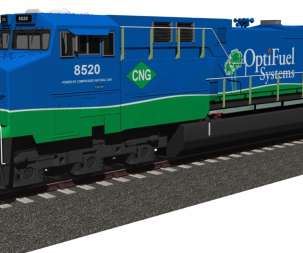Study links ambient PM2.5 and ozone specifically caused by vehicle exhaust emissions to ~361,000 premature deaths worldwide in 2010 and ~385,000 in 2015
Green Car Congress
MARCH 1, 2019
and ozone deaths, associated mortality rates, and population in G20 economies in 2015. and ozone worldwide in 2010 and ~385,000 in 2015, equivalent to 11.7% and ozone premature deaths in 2010 and 11.4% and ozone concentrations from transportation emissions resulted in 7.8 Transportation-attributable PM 2.5 Together, PM 2.5














Let's personalize your content